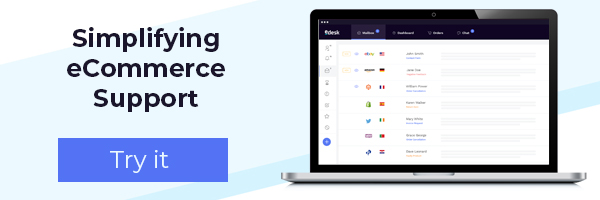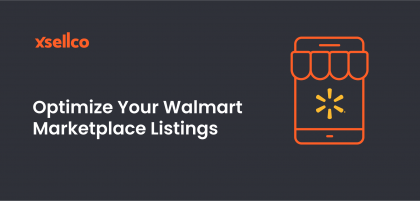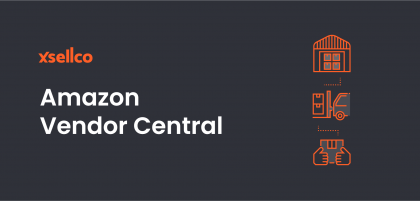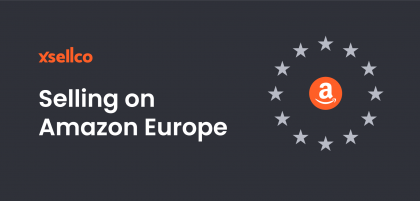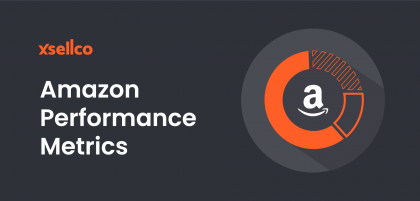Amazon’s private label brands had almost $450 million in sales in 2017—and third-party sellers are catching onto this trend.
On the outset, it seems like a simple way to make extra money on the marketplace— buy a generic product and sell it under your own brand. But what’s the catch? Even an easy idea has its downfalls when not executed correctly. Let’s check out the common pitfalls.
#1 Failure to conduct thorough product research
Product research is the first pitfall that online sellers reach when trying to become a private label brand on Amazon. Either in choosing the product itself or in deciding if it’s going to make profits.
Figuring out what to sell online is hard.
Check out our free 12-page guide on finding, validating and sourcing the best products to sell on any marketplace.
Get the guide→
Firstly, by choosing the wrong product category, they can really set themselves up for failure. The gut instinct would be to see the best-selling products on Amazon and start from there. However, this is where online sellers run into trouble with falling into common product categories like clothes, children’s toys, food, or even phone cases which are ubiquitous online. This is not to say you will fail if you do choose any of these product categories, but that they are particularly difficult to promote differently than the competition.
Once you’ve carefully researched the product category that your online business will fall into, you have to purchase the product. Here are prices that new sellers sometimes forget to consider:
- Original cost of packaging and weight of the product
- Shipping cost to Amazon fulfillment center
- Marketing costs like giveaways or PPC (pay-per-click) which make the end margins much smaller than expected
Ultimately, if you research data and information on the products, combined with your own business acumen, you will be able to make an informed decision on the best products to choose as private label brands.
#2 Poor product listings and no customer feedback
We all know that it’s easy to be skeptical of a product when the product page isn’t up to scratch. If you’re a frequent Amazon buyer, you’re probably well aware of poor product listings, with questionable images, spammy titles or misleading descriptions.
Not to mention, this is amplified by a lack of any reviews to prove reliability to your customers. Although this may be undervalued by many online sellers, Shopify’s data demonstrates how nine in 10 consumers read roughly 10 reviews before forming an opinion about a business.
Here’s how to up your product page performance:
- Listings: think about what your potential customers may search to find the type of product you’re selling. With this in mind, devise a long list of keywords to target to get more views to your product page. Make sure your title, image and description showcase your product in the best possible way.
- Reviews: Positive reviews are the height of importance when it comes to customers trusting your brand, especially if it’s a private label brand. The start will always be the toughest time, but once you put an effective customer feedback strategy in place, new customers will be able to trust you more.
#3 Fulfillment choice & inventory issues
It’s easy to conduct poor product research that can capsize your private label brand in the first place. This leads to terrible decisions in the long run, like for example, believing that Fulfillment by Merchant is a cheaper and easier option compared to FBA.
As an online seller, you save a vast amount of time passing off that responsibility to Amazon. You can ship your inventory to one of the FBA warehouses and Amazon will store, pick, package, and ship every order you receive to consumers- it’s a no-brainer!
Whether you choose FBM or FBA, ensure you buy enough inventory for each batch. If you’re left short, there’s less room for promotion and giveaways. If your online business can afford it, aim to buy 500 to 1,000 units on your first trials.
#4 Failure to collect sales tax:
When you sell on Amazon, you are self-employed. This means you are required to fill out all your tax information under “Tax Settings” in the Seller Central tab. The same applies if your online business is signed up with FBA. Oftentimes, new sellers forget the fact that even if they ship off some of their inventory to an Amazon fulfillment center in a different state, which requires them to pay a sales tax nexus in that state also. Online sellers who ignore this point end up with surprises in their taxes at the end of the year.
Can private label brands be successful on Amazon?
To be a successful private label brand on Amazon you must think outside the box and be persistent, even if you don’t see profits immediately. Whether you’ve experienced one of the points above or you’re new to the private label game, watch out for these pitfalls and you can set yourself up for success from the beginning.
Get more reviews on Amazon
Start your free trial now
Try xSellco free for 28 days. No credit card needed.
Read more from xSellco:

